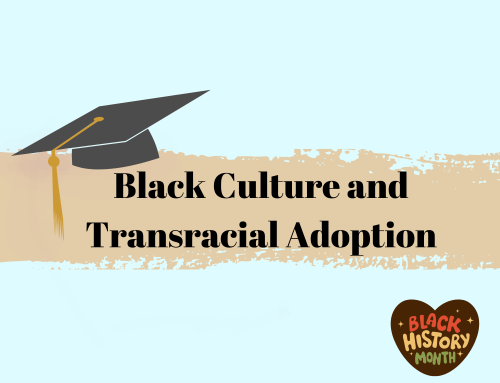For some families, the journey doesn’t end with biological parenthood; it extends further into the realm of adoption. When parents who have a biological child choose adopting a second child, they embark on a unique path filled with both challenges and immeasurable joy.
Navigating Emotions
The decision to adopt a second child after having a biological one involves a delicate balance of emotions. For the biological child, the arrival of a new sibling through adoption can be a mix of excitement and uncertainty. Parents play a crucial role in ensuring the existing child feels secure and included. Open discussions, age-appropriate explanations about adoption, and involving the child in the process can foster understanding and acceptance.
Parenting experience from raising a biological child might offer a foundation, yet each adoption journey is unique. Managing paperwork, legalities, and potential obstacles demands resilience and determination.
Celebrating Diversity Within Family
Choosing to adopt reaffirms the belief in love’s boundless nature and celebrates the beauty of diversity within a family. It’s about creating an inclusive space where each child, biological or adopted, feels deeply loved and cherished.
Families with biological and adopted children demonstrate that family is built on connections and love, not just blood. It inspires others to consider adoption to expand their own families.
Tips for Smooth Transition
Blending biological and adopted children requires thoughtful consideration and understanding:
- Explaining Adoption: Utilize age-appropriate resources like books to explain adoption. Involve older children in discussions about the process, emphasizing that family is bound by love, not just blood ties.
- Acknowledging Feelings: Recognize the emotional complexity for the adopted child, acknowledging the unique challenges they might face regarding their biological origins.
- Preparing Biological Children: Help your existing child understand that their love isn’t divided but multiplies with a new sibling. Address their emotions as they adapt from being the sole focus to sharing attention.
- Normalizing Sibling Dynamics: Expect a normal sibling relationship—joys, challenges, and rivalries. Seek professional help, with a family counselor or adoption professional, if children continue to struggle with adjusting to the new family dynamics.
In this unique journey, parents navigate a landscape of emotions, ensuring that every child, whether biological or adopted, feels cherished. By fostering open communication, understanding, and a sense of inclusion, families pave the way for beautiful narrative that showcases the limitless depths of love.





